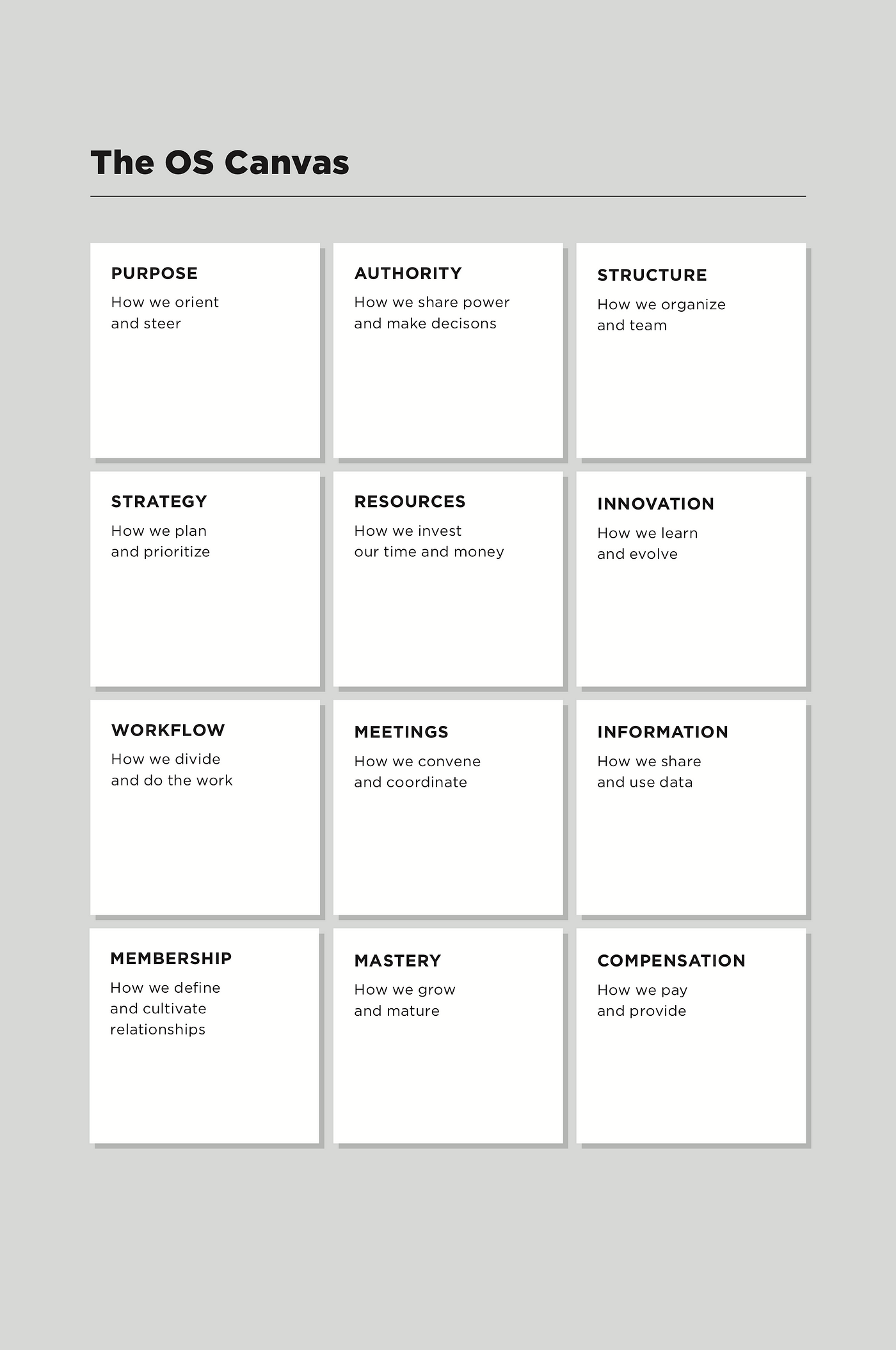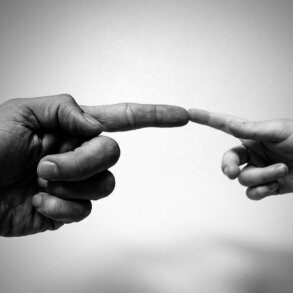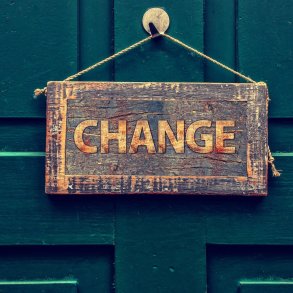By Aaron Dignan and originally published on medium.com The Ready
See the book Brave New Work and this previous EE Magazine article.
A new and improved tool for reinventing your organization – Part 2
Part 1 of this article is here.
Coinciding with the release of Brave New Work, we are now releasing the OS Canvas 2.0. You can download a high-resolution PDF of the canvas (complete with instructions for a simple-but-effective OS work session) at our website: theready.com/os-canvas.

Exploring The OS Canvas
First off, let me be clear that the canvas is not a mutually exclusive or comprehensively exhaustive framework. Reducing a complex system like an organization to independent parts is folly. Rather, these are overlapping and interconnected areas that our research tells us are in a state of flux. Each dimension is a lens that asks you to look at your organization or team and reflect on the following:
What are our principles in this area? What do we believe?
What are our practices in this area? What do we actually do?
Are they serving us? Are our actions and outcomes consistent with our values?
The canvas asks teams to consider, often for the very first time, why they work the way they do. And this may force us to confront the delta between our assumptions, our beliefs, and our reality. Why does this process or policy exist? Is what we say what we do? Have we considered this before? The canvas can provoke a conversation, and that conversation can provoke a change.
What follows are definitions and sample prompts for each dimension of the canvas to get you started. For more on how these dimensions are changing inside Evolutionary Organizations around the world, including examples, cases, and stories of change, consider picking up a copy of Brave New Work.
PURPOSE
How we orient and steer; the reason for being at the heart of any organization, team, or individual.
- What is our reason for being?
- What is meaningful about our work?
- How does our purpose help us make decisions?
AUTHORITY
How we share power and make decisions; the right to make decisions and take action or compel others to do the same.
- Who can tell others what to do?
- How do we make important decisions?
- What is safe to try? What is not?
STRUCTURE
How we organize and team; the anatomy of the organization; formal, informal, and value-creation networks.
- What is centralized? What is decentralized?
- Within teams, how do we approach roles and accountabilities?
- How does our structure learn or change over time?
STRATEGY
How we plan and prioritize; the process of identifying critical factors or challenges and the means to overcome them.
- What are the critical factors that will mean the difference between success and failure?
- How do we develop, refine, and refresh our strategy?
- How do we use strategy to filter and steer day-to-day?
RESOURCES
How we invest our time and money; the allocation of capital, effort, space, and other assets.
- How do we allocate funds, effort, space, and other assets?
- How do strategy and planning influence resource allocation?
- How does our approach enable us to respond to emergent events?
INNOVATION
How we learn and evolve; the creation of something new; the evolution of what already exists.
- Who participates in innovation? Who has the right to innovate?
- What is the role of failure and learning in innovation?
- How do we balance the short term and the long term?
WORKFLOW
How we divide and do the work; the path and process of value creation.
- What is the relationship between our workflow and our structure?
- How do we maintain visibility across all our projects?
- How are projects initiated, canceled, or completed?
MEETINGS
How we convene and coordinate; the many ways members and teams come together.
- Does each of our meetings have a clear purpose and structure?
- How are meetings facilitated and documented?
- How do we improve or eliminate meetings that are no longer serving us?
INFORMATION
How we share and use data; the flow of data, insight, and knowledge across the organization.
- What information is shared freely?
- What information is contained or controlled?
- What tools, systems, or forums support storing and sharing?
MEMBERSHIP
How we define and cultivate relationships; the boundaries and conditions for entering, inhabiting, and leaving teams and organizations.
- How is membership (in the org or team) gained? How is it relinquished? How is it revoked?
- What do all members expect of one another?
- How do members move between teams and other boundaries?
MASTERY
How we grow and mature; the journey of self-discovery and development; our approach to nurturing talent, skills, and competence.
- What is our approach to learning and development?
- How do we give and receive feedback?
- How does competence influence the roles we inhabit?
COMPENSATION
How we pay and provide; the wages, salaries, bonuses, commissions, benefits, perquisites, profits, and equity exchanged for participation in the organization.
- What is our approach to compensation?
- What mechanisms have we put into place to reduce bias in compensation?
- How are changes in compensation triggered and conducted?

Using The OS Canvas With Your Team
The canvas can provoke incredible conversations and powerful stories. It can help you and your team identify what to amplify and what to change. It can even help you find unexpected sources of inspiration. But for your first foray into what can be an emotional and challenging conversation, we recommend a lightly structured workshop format that has proven to be both safe and effective. Here are some brief instructions that will help you on your way.
Setup. Reserve a quiet and spacious room with at least one big blank wall or window. Invite your team or a group of no more than fifteen interested participants from across the company. Print out a large poster-sized copy of the OS Canvas and hang it on the wall prior to the session. Provide two pads of sticky notes (yellow and green) and a Sharpie for each participant.
Check-in. Ask each participant to “check in” to the meeting by answering the following question: What has your attention? Push the group for vulnerability and candor. Model it by checking in first.
Introduction. Introduce participants to the concept of the organizational operating system through selected passages from this article or Brave New Work, and facilitate a brief discussion.
Tensions. Ask everyone to generate a list of tensions they’re feeling day to day based on the following questions: What is preventing you (or your team) from doing your best work? What is slowing you (or your team) down? What is our biggest problem as an organization? Ask each attendee to write down each of their tensions on a yellow sticky note (one per note), with a goal of at least five per person.
Bright Spots. Ask everyone to generate a list of the things that are going well based on the following questions: What is working? What is enabling you to do your best work? What is speeding you (or your team) up? What is helping you make better decisions? What are you proud of in terms of the way we work? What is our biggest strength as an organization? Ask each attendee to write down each bright spot on a green sticky note (one per note), with a goal of at least five per person.
Placement. Now have each person place their tensions and bright spots on the canvas where they feel the topic is most strongly rooted. As they place each one, have them offer a short explanation to the group. Allow the notion that some tensions and bright spots belong in multiple dimensions. Allow questions and answers.
Discussion. One dimension at a time, discuss the tensions that were placed on the canvas and identify themes and patterns. As a group, ask yourselves: Why are these issues present now? What underlying structures, rules, or processes are contributing to them? What personal behavior, attitudes, and assumptions are contributing to them? How are the tensions in different dimensions connected? Are there bigger patterns present in the canvas (e.g., we have limited trust, so we reserve all decisions for management, so we have lots of meetings with people asking for permission)?
Sensing. Based on everything you’ve all heard, ask the group what they would like to change. What one thing would they flip on its head? What addition or subtraction might unlock other possibilities? Capture any intentions or next actions and use them as fodder for your first few experiments. Start small. But don’t wait. Be brave.
Republished with permission.
Featured Image and some paragraph spacing added by Enlivening Edge Magazine. Image by Jill Wellington from Pixabay




